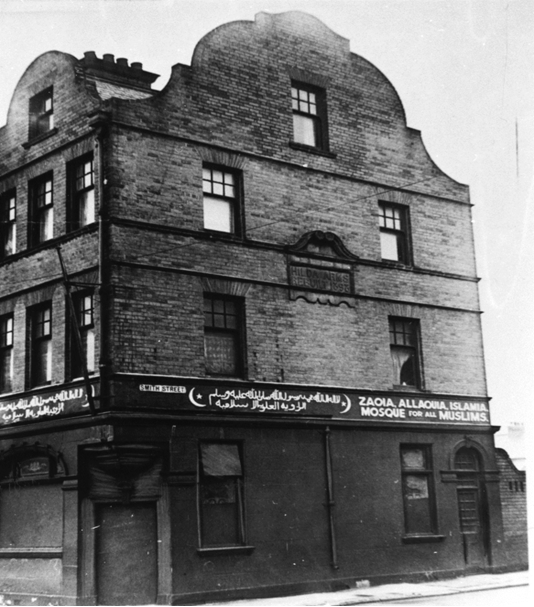
Islamic Schools in South Shields
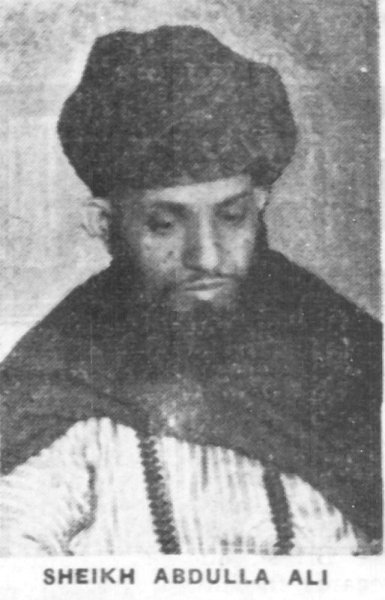
(c) The Shields Gazette 30/07/1937
“wherever a tariqa was established it was required to pay the expenses of a teacher to instruct the children in their religious obligations and scholarships were awarded to those with special ability so that they could continue their religious studies in the Middle East. In South Shields, Sheikh Abdullah was responsible for teaching the children during the period he remained in the town.”2
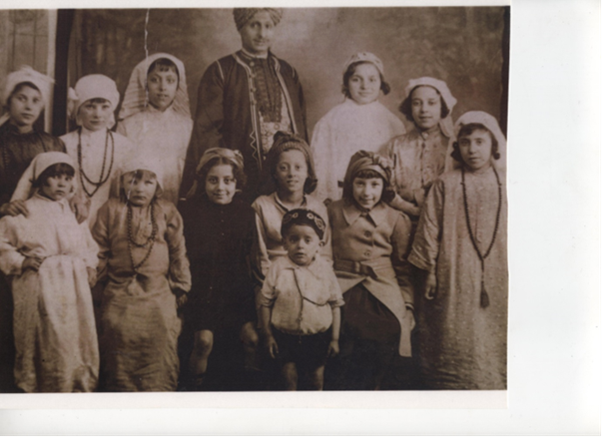
(Above) One of the earliest schools with children of nationalities including Carribbean, English and Yemeni. (Below) One of the early teachers of Islam to British Yemeni Muslim children was Nagi Tobah pictured below:
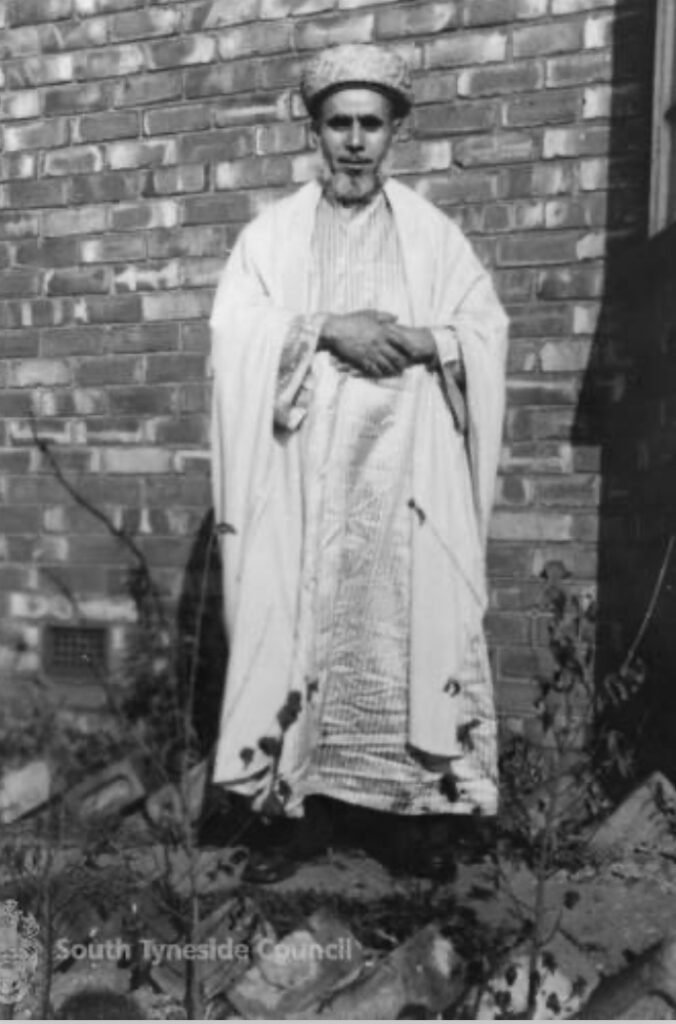
(c) South Tyneside Libraries
1930s Islamic Organisations active in south shields
The Islamic Society
“The Islamic Society had been founded in 1886 to look after the interests of Muslim peoples throughout the world and had branches in several countries.”3 Dr Abdul Majid, an Indian barrister based in London tried to advocate on behalf of the Arab Seamen in his work for the Islamic society. “both the India Office and the Home Office were critical of his efforts to take up the cause of the coloured seaman.” He is seen in the following video leading the prayer in the mosque in Woking, Surrey. Lawless says “He practised Chiefly before the Privy Council in Indian and Colonial appeals and was the first Indian lecturer in Islamic law at the Colonial Office.”4
“After the 1919 race riots, the Islamic Society called for reconciliation and understanding rather than resistance“5
The Western Islamic Association
The Western Islamic Association was founded by Khalid Sheldrake, an English revert to Islam from Dulwich. He was from an affluent family with access to the upper classes. He took up the case of the Arab Seamen at times during the 1930’s, often writing to them through letters to the Gazette. He also came to visit them in South Shields. He tried to reassure the Arab community about accepting the 1925 registration order and took their grievances to the Home Office.

“In 1930 the Western Islamic Association sought to counter the activities of those Arabs who chose resistance and solidarity with the Communist‐led Seamen’s Minority Movement.”7

at the new Mosque (c) Jemeela Al-Sayyadi
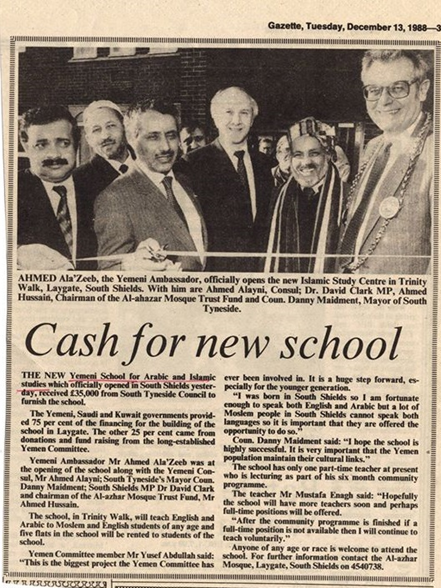
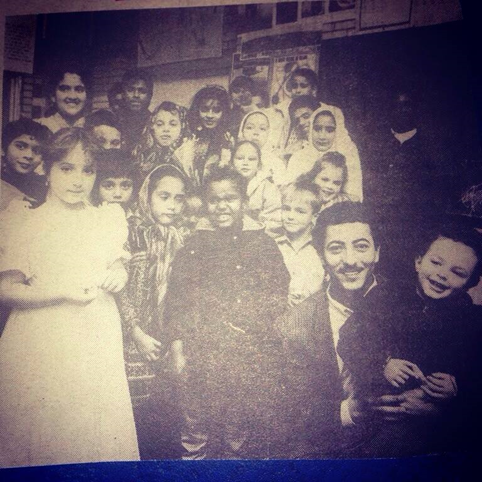
1990s

(C) Shields Gazette 13/10/1998

Plaque outside Flat 1, The Yemeni School still stands today though the school itself now runs from the main mosque not the flats.
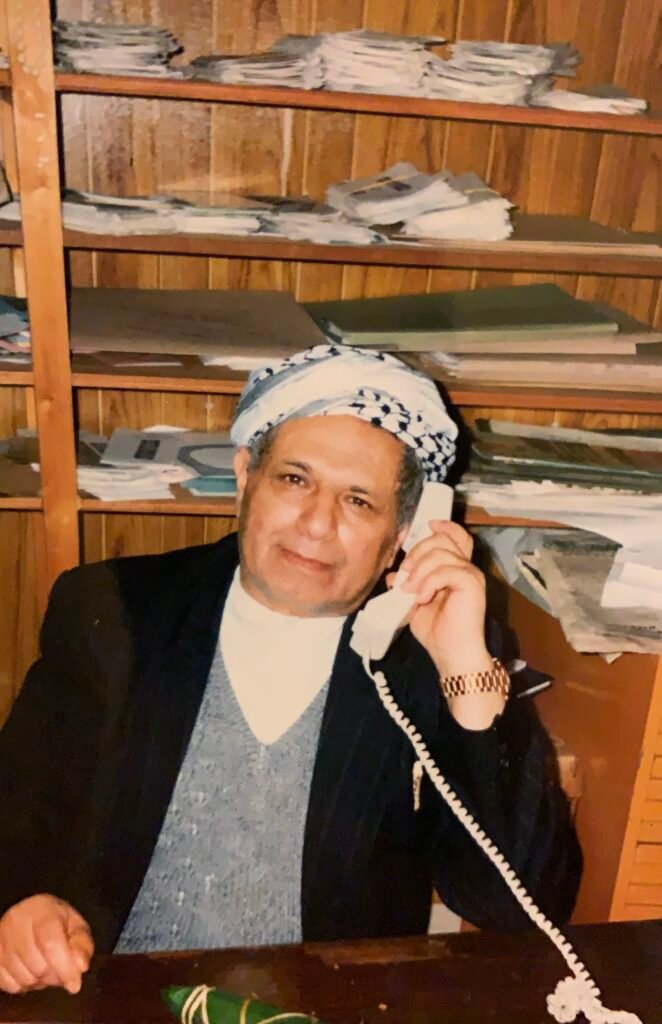
Foggy – a teacher during the 90s
2020s
The Mosque school still runs with over 140 students, teaching Quran and Islam to members of the Muslim community. The demographic ethnically has changed since the Mosques establishment reflecting the inter-generational Yemeni assimilation into the ‘host society’ which has created a loss of religious and cultural identity in the descendants of the community. The change in demographic also reflects Bengali migration to South Shields and a change between the previous generation of 1st and now 2nd generation Bengalis . The current generation are less inclined than their elders to choose their mosque on racial lines and are interactive within the life of Al Azhar Mosque. The current demographic is also a picture of the refugees and asylum seekers created by conflicts abroad and foreign policy. As a result there are now many Kurdish, Iraqi people using Al Azhar Mosque with their children studying there, Finally, there are English Muslim children who come to learn about Islam with their parents making use of sisters circles to develop and deepen their understanding of the faith.

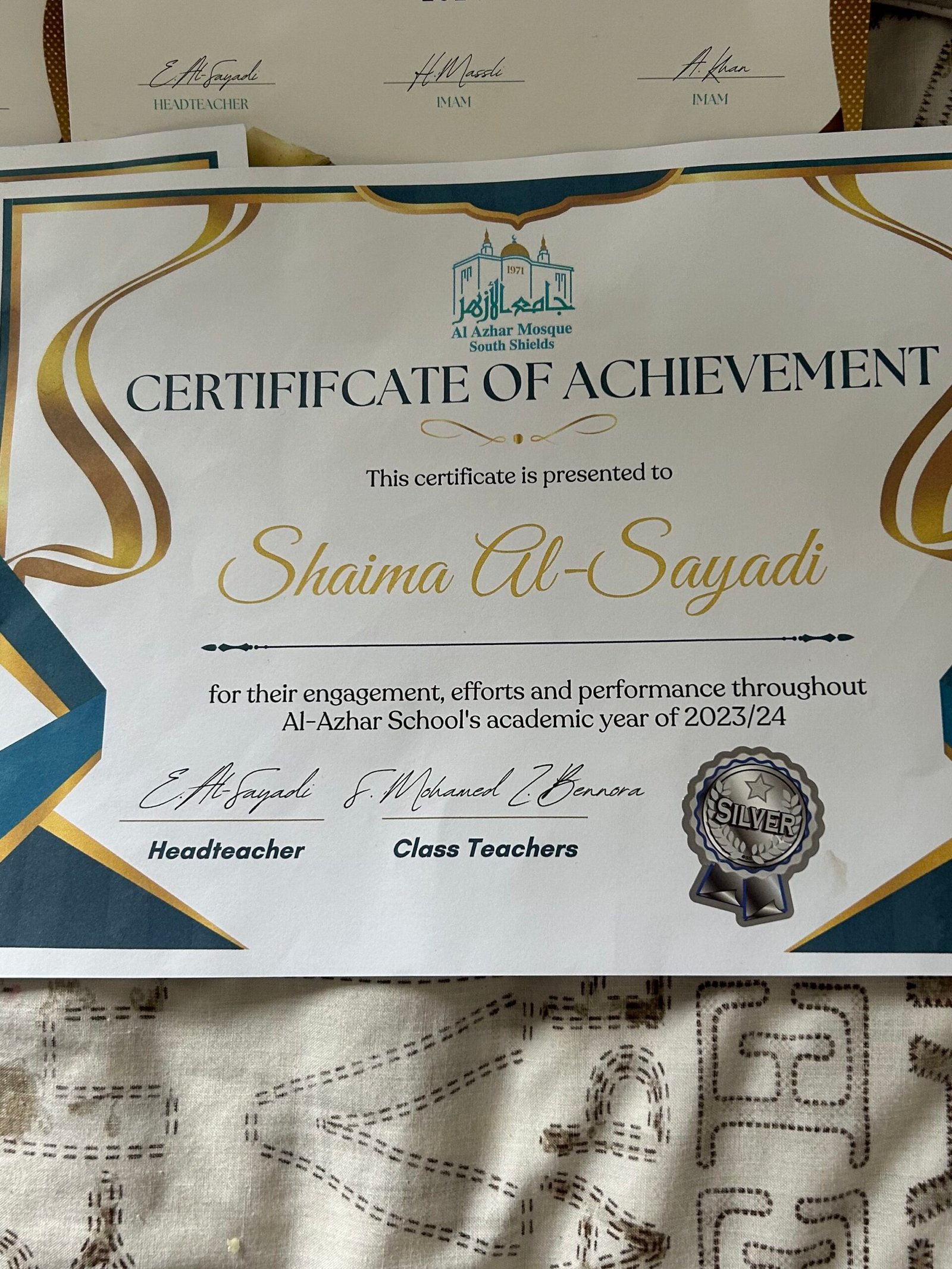
- Lawless, R.I. (1995). From Taʻizz to Tyneside. p. 220 ↩︎
- Ibid. ↩︎
- Ibid., 84 ↩︎
- Ibid 84 ↩︎
- Lawless, R. I. (1994) ‘Religion and politics among Arab seafarers in Britain in the early twentieth century’, Islam and Christian–Muslim Relations, 5(1), pp. 35–56. doi: 10.1080/09596419408721020.
↩︎ - Wikipedia ↩︎
- Ibid ↩︎
